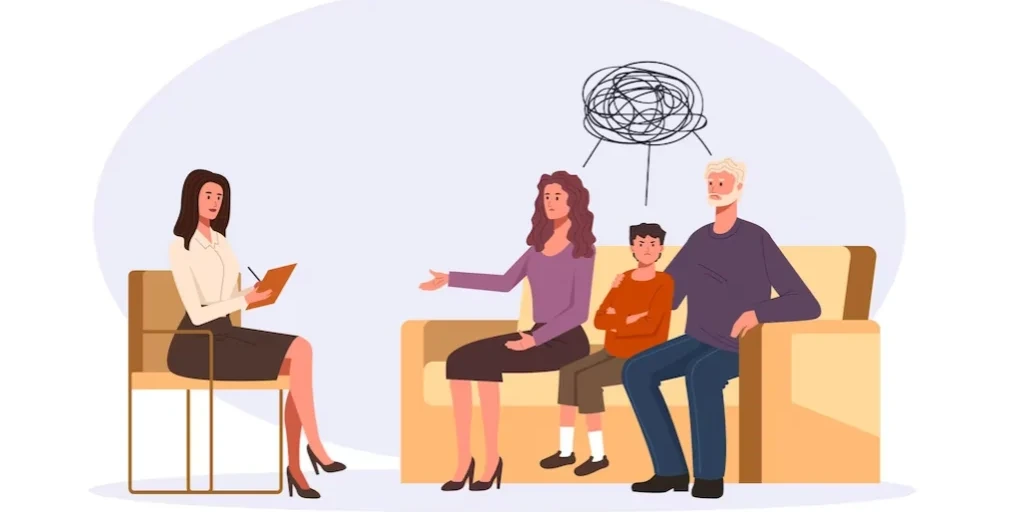24/7 Helpline:
(866) 899-111424/7 Helpline:
(866) 899-1114
Learn more about 12-Step Rehab centers in Great Falls
12-Step Rehab in Other Cities

Other Insurance Options

Multiplan

Excellus

CareSource

Magellan Health

Private insurance

Health Partners

MVP Healthcare

EmblemHealth

United Health Care

Absolute Total Care

Self-pay options

Coventry Health Care

Evernorth

American Behavioral

Molina Healthcare

UnitedHealth Group

BlueCross

Meritain
Beacon

Optima

Rocky Mountain Treatment
Rocky Mountain Treatment is an accredited drug and alcohol addiction treatment center in Great Falls...

AWARE
AWARE is a private rehab located in Great Falls, Montana. AWARE specializes in the treatment of dual...

Gateway Community Services
Gateway Community Services is located in Great Falls, Montana. Gateway Community Services is a priva...

Great Falls Rescue Mission – Hope for Men
Great Falls Rescue Mission - Hope for Men offers help men that are struggling with substance abuse, ...





AA – Alcoholics Anonymous – 1st Avenue North
AA – Alcoholics Anonymous – 1st Avenue North is a non-profit rehab located in Great Falls, Montana. ...

Opening Doors
Opening Doors is a counseling clinic located in Great Falls, MT. Opening Doors specializes in the tr...

Hope for Men
Hope for Men is a traditional rehab located in Great Falls, MT. Hope for Men specializes in the trea...

Lancaster Clinical Counseling Association
Lancaster Clinical Counseling Association is a private rehab located in Great Falls, Virginia. Lanca...






